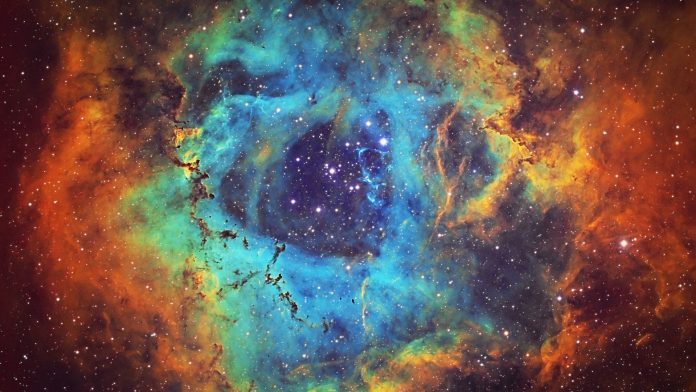Astronomers have developed a deep-learning computer programme to help researchers analyse astronomical image data pixel by pixel to identify all galaxies and stars.
A research team from University of California, Santa Cruz, have developed a computer programme, named Morpheus. Morpheus can analyse astronomical image data pixel by pixel in order to identify and classify all galaxies and stars.
Behind the deep-learning technology
The deep-learning framework incorporates a myriad of Artificial Intelligence (AI) technologies developed for image and speech recognition. Brant Robertson, leader of the Computational Astrophysics Research Group at University of California, Santa Cruz, said the rapidly increasing size of astronomy data sets has made it essential to automate some of the tasks traditionally done by astronomers.
Deep-learning technology has been previously used by astronomers to classify galaxies however these efforts have typically involved adapting existing image recognition algorithms, and researchers have fed the algorithms curated images of galaxies to be classified. Ryan Hausen, a computer science graduate student in UCSC’s Baskin School of Engineering, developed and tested Morpheus specifically for astronomical image data, and the model uses as input the original image data in the standard digital file format used by astronomers.
Pixel-level classification is a vital advantage of Morpheus, Robertson said: “With other models, you have to know something is there and feed the model an image, and it classifies the entire galaxy at once,” he said. “Morpheus discovers the galaxies for you, and does it pixel by pixel, so it can handle very complicated images, where you might have a spheroidal right next to a disk. For a disk with a central bulge, it classifies the bulge separately. So it’s very powerful.”
Using AI to understand the formation of galaxies
With the publication of their results in the Astrophysical Journal Supplement Series, Hausen and Robertson are also releasing the Morpheus code publicly and providing online demonstrations.
The morphologies of galaxies can tell astronomers about how galaxies form and evolve over time. Large-scale surveys will generate vast amounts of image data.
To train the deep-learning algorithm, the research team used information from a 2015 study in which dozens of astronomers classified about 10,000 galaxies in Hubble Space Telescope images from the CANDELS survey. They then applied Morpheus to image data from the Hubble Legacy Fields, which combines observations taken by several Hubble deep-field surveys.
An interactive visualisation of the Morpheus model results for GOODS South has been publicly released. This work was supported by NASA and the National Science Foundation.







